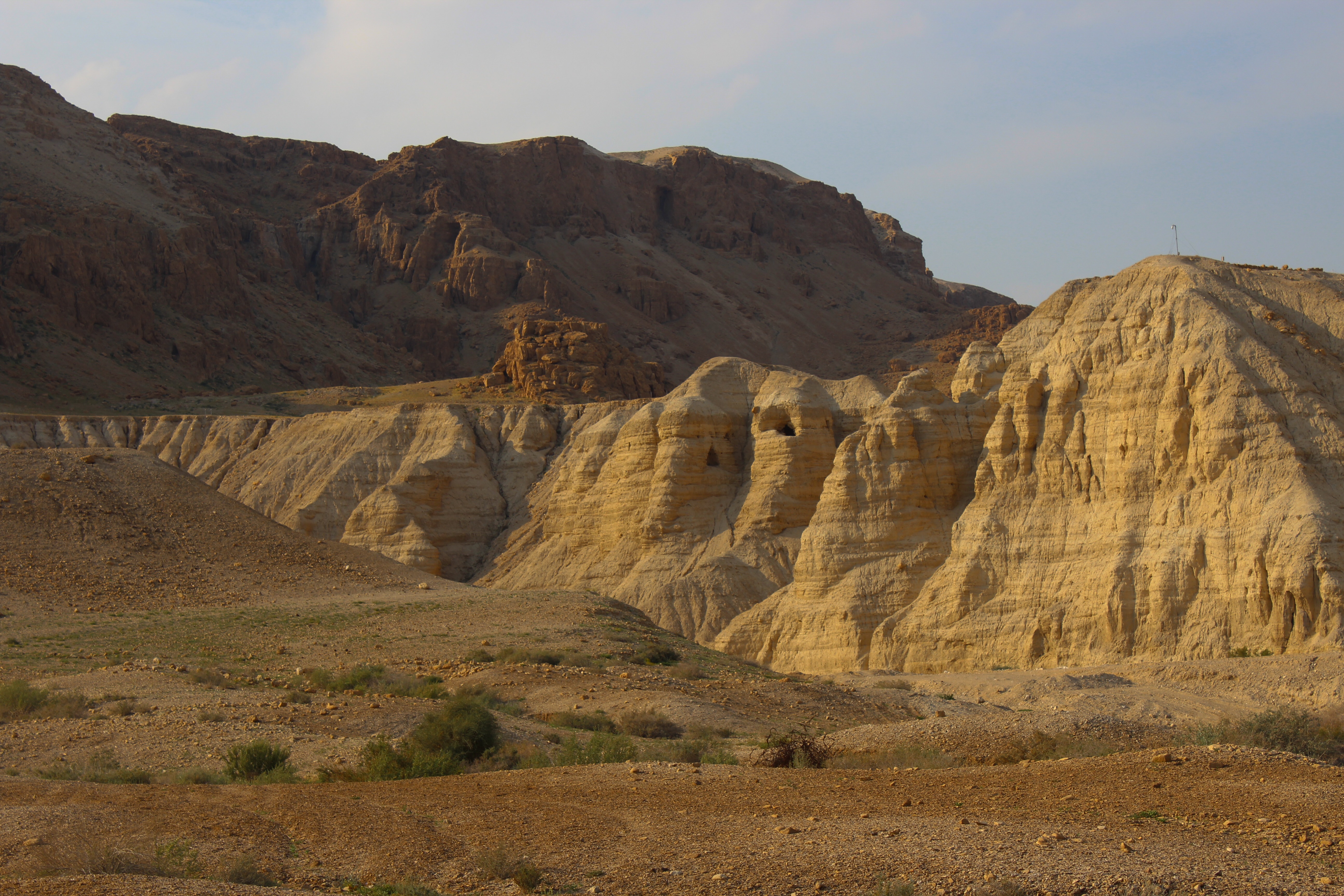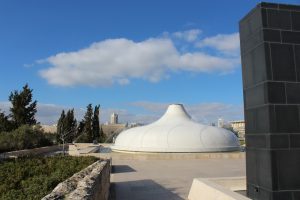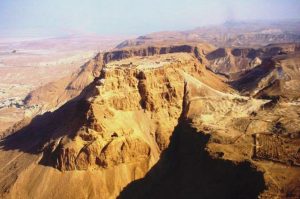The Isaiah Scroll: A Testimony of Discernment
Finding the Dead Sea Scrolls
When the Dead Scrolls were first found in 1947 no one anticipated the depth of knowledge that they contained. It proved to be one of the greatest biblical archaeological discoveries of our time buried and preserved since the dispersion of Judea in the 2nd Century.
What the find produced was tens of thousands of fragments from more than 800 manuscripts that had been hidden in caves by a community of Essenes in what was a small settlement on the south western side of the Dead Sea. The Essenes left behind a library containing a literary heritage of the period, teachings of their community and copies of all books of the Tanakh. The scrolls and parchments were hidden before 70 CE at the end the Great Revolt of 66 CE.
What do the scrolls reveal?
The manuscripts lay undisturbed in clay jars that were placed in caves nearby the community for 1900 years, preserved by the arid climate 411 meters below sea level at the Dead Sea. Of all the manuscripts found in the caves, Isaiah is the only biblical scroll from Qumran that has been preserved in entirety…written around 100 BCE. Isaiah is also frequently quoted in other of the community’s scrolls. 1
The Isaiah scroll from Qumran matches with the acceptation of a few words, Isaiah of the Masoretic text that’s been faithfully copied and handed down through the millennium. That corroborates its accuracy and the truth of the word of God. Because of the message of Isaiah and its forecast of the scattering of Israel and Judah, it was critical for the Jewish nation to understand the message and how they were to respond. The message to Israel was always for them to hear and obey to come under the protection of their covenant with God.
Among the large library of scrolls are commentaries and interpretation of prophetic biblical text. That is especially significant considering the plight of the Jewish nation in the 1st and 2nd Centuries. The adherence to the prophetic and especially the latter days message of the coming of the messiah and battle between good and evil, show a depth of understanding of the times and seasons according to the biblical narrative.
Who were the Essenes?
The library the Essenes left behind was hidden and unknown until 1947 as was the depth of its doctrines and beliefs. Previously the sect was only known to us from the writings of historians of the day like Josephus, Philo of Alexandria, Pliny and others who left brief descriptions of their community, character and beliefs. But their writings have given us a much clearer look into pre-exilic Judah and Israel and the Essenes themselves.
The historical record shows that the Essenes were an amazing people to all who observed their pious lifestyle. Roman historian Pliny the Elder (23 CE to 79 CE) described them as ‘marvellous beyond all others throughout the whole earth’. 2
Josephus Flavius, a Jewish historian (37 CE to 100 CE) wrote more of the Essenes than the other sects of Judaism and described their character admirably ‘as for their piety toward God, it is very extraordinary.’ 3 His description of their oaths and code of conduct is admirable 4 and the severity by which they were held accountable is witnessed in that the death penalty was issued to anyone who blasphemed the name of Moses. 5
Philo of Alexandria, a Jewish philosopher and biblical commentator of the period (20 BCE to 50 CE) wrote highly of the sect. In his description he wrote that the name ‘Essene’ was derived from the Greek word ‘essaioµn eµ hosioµn, as if essaioµn was only a variety of the word hosioµn, “holy.’ He went on to say that their character was so above reproach that ‘everyone being subdued by the virtue of these men, looked up to them as free by nature,’ 6
The Essenes were known as a celibate monastic community that kept themselves from contact with women. But, the graveyard at Qumran has yielded remains of women and children which has created doubt to whether it was an Essene community. However, Josephus records that there were two orders of the sect, the second of which believed in marriage and practiced it within strict guidelines. 7
As one of the three sects of Judaism in the 1st Century the Essenes may have come by their name from the Chasidim, meaning ‘the pious or loyal ones.’ In the Maccabean revolt against Greek occupation in 167 BCE the Chasidim were the party that rose up to lead the revolt after the Greeks defiled the altar in the temple in Jerusalem. The Pharisees or Pharooshim ‘the separated ones’ later emerged from the Chasidim forming another branch of faith as did the Saduccees ‘the sons of Zadok’ to form another. These three were the predominant sects of religious thought in 1st Century Judaism.
Who were the Sicarii?
Josephus’ historical account of the Sicarii is quite the opposite of his account of the Essenes. Although they were an order that had originated from the Pharisees their beliefs didn’t represent the separated or holy character of the Pharisees. The name Sicarii comes from the Latin word sicae for sickle which resembled a dagger they used. It was with this dagger that they killed many of their own people who opposed their doctrine, and ultimately defined them.
In the year 6 CE Rome took a census of the region as a gauge to levy taxes on the people. The initial reaction in Judea was to oppose the tax, but the leaders persuaded the people to accept it. There was a resistance that formed under the influence of Judas of Gamala and Sadduc a Pharisee, to draw the people the people to revolt by convincing them that God would assist them against the Romans. They reasoned that being subject to Roman taxes would make them their slaves and the national identity had been formed by former slaves who had been freed from Egyptian slavery.
Josephus points out that behind this reasoning the reality was self-interest and instability that destroyed the nation from within. He places the responsibility on Judas and Sadduc for changing the customs and placing a burden on the people drawing in the youth, which eventually brought on them their own destruction.
1. The Israel Museum, ‘The Dead Sea Scrolls’ imj.org.il
2. Pliny the Elder, Natural History, Book V, Chapter 15
3. Jewish Wars, Book II, Chapter 8.5 (128)
4. Jewish Wars, Book II, Chapter 8.7 (139-142)
5. Jewish Wars, Book II, Chapter 8.9 (145)
6. Delphi Complete Works of Philo of Alexandria, Every Good Man is Free Page 27,040
7. Jewish Wars, Book II, Chapter 8.13 (160)



